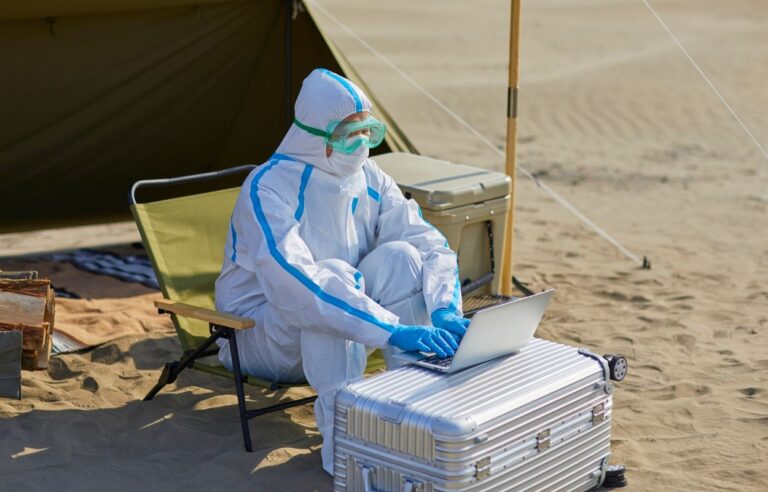
When it comes to demolition, safety should always come first. Whether you’re tearing down a building, clearing space for a new project, or making room for a renovation, there are plenty of risks involved. From heavy machinery to unstable structures, it’s important to have a solid safety plan in place. In this blog post, we’ll talk about the importance of safety in professional demolition and explore some best practices and protocols that help keep everyone safe during these high-risk projects.
WHY SAFETY IS CRUCIAL IN DEMOLITION PROJECTS
Before we dive into the specific safety practices, it’s important to understand why safety is so crucial in the demolition industry. Demolition is not just about knocking down walls with a sledgehammer. It involves complex procedures, heavy machinery, and often, hazardous materials. A small mistake or oversight can lead to serious injuries, property damage, or even fatalities. That’s why professional demolition experts take safety very seriously, following strict safety protocols to minimize risks and keep everyone involved safe.
Without a focus on safety, workers and bystanders are exposed to a range of dangers. These include things like falling debris, exposure to harmful chemicals, and accidents with powerful equipment. That’s why having the right training, using the right equipment, and following best practices is absolutely essential in every demolition project.
BEST PRACTICES FOR DEMOLITION SAFETY
There are a number of safety practices that professional demolition companies follow to ensure the job is done safely. Here are some of the most important ones:
Pre-Demolition Assessment
Before any demolition work begins, a thorough assessment of the site is conducted. This includes inspecting the building or structure to identify any potential hazards, such as unstable walls, dangerous materials like asbestos, or gas lines that could pose a risk. The assessment helps the demolition team understand what they’re working with and what precautions need to be taken.
Part of this assessment is also understanding the local environment and surroundings. For example, demolition in Port Alberni might require extra considerations due to the area’s weather patterns or unique geography. Knowing these factors allows teams to plan accordingly and make sure they have all the necessary precautions in place.
Proper Training and Certifications
One of the most important steps in ensuring safety is making sure that everyone involved in the demolition is properly trained. Professional demolition companies require their workers to have specific certifications and training to handle machinery and hazardous materials. This includes things like forklift operation, heavy equipment handling, and even first aid training in case of emergencies.
Training helps workers recognize potential hazards and respond appropriately in high-risk situations. It also ensures that everyone knows how to use safety equipment and follow protocols in case something goes wrong. Whether it’s how to use a jackhammer or how to spot signs of structural instability, training is key to keeping workers and others on the job site safe.
Use of Personal Protective Equipment (PPE)
Personal protective equipment (PPE) is another critical element of safety in demolition. This includes hard hats, steel-toe boots, safety goggles, ear protection, and gloves. Each of these items plays a crucial role in protecting workers from common hazards on demolition sites.
For example, hard hats protect against falling debris, while safety goggles shield the eyes from dust and flying particles. Ear protection helps guard against hearing damage from loud machinery, and gloves reduce the risk of cuts or burns. PPE is essential to ensure that workers are protected from the various dangers they’ll face on-site.
Securing the Site
Before starting a demolition project, it’s essential to secure the site and establish clear boundaries. This includes setting up barriers, fencing, and signs to keep unauthorized people away from the area. A secure site helps prevent accidents involving pedestrians or bystanders who might accidentally wander into a dangerous zone.
In addition, proper signage helps communicate the risks and guidelines for those who need to be on-site. It’s essential that everyone understands the dangers associated with the demolition, so they know how to stay safe.
Handling Hazardous Materials
During demolition, it’s common to encounter hazardous materials such as asbestos, lead paint, and other toxic substances. Professional demolition teams are trained in safely handling these materials to minimize the risk of exposure. In some cases, the hazardous materials must be removed before the demolition can begin, and strict protocols are followed to ensure proper disposal.
If you’re planning demolition in Port Alberni or any other location, be aware that the area may have older buildings containing hazardous materials. These materials pose significant health risks if not handled properly. Proper removal and disposal of these materials are necessary to keep workers and the community safe.
Using the Right Tools and Equipment
The right tools and equipment can make all the difference in a demolition project. From cranes and wrecking balls to excavators and bulldozers, there’s a wide range of machinery used in demolition. It’s critical that all equipment is well-maintained and inspected regularly to ensure that it operates safely.
Operators should also be properly trained in how to use each piece of equipment to avoid accidents. For example, heavy machinery should always be operated by skilled professionals who understand how to handle it in various conditions. A slight error in judgment can lead to major safety issues, so using the correct equipment and ensuring it’s in top condition is key to preventing accidents.
Planning for Emergency Situations
Despite all precautions, accidents can still happen. That’s why it’s important to have an emergency plan in place. This includes having first-aid kits readily available, knowing the nearest medical facilities, and having a team trained in emergency response procedures.
By planning ahead, you ensure that everyone on the site knows what to do in case of an emergency. A clear plan can make all the difference in minimizing the impact of an accident and getting help quickly if needed.
Ongoing Communication
Communication is one of the most important safety practices in demolition. Everyone on the job site needs to stay in constant communication, whether it’s with walkie-talkies, hand signals, or scheduled check-ins. Clear communication ensures that everyone knows what’s going on at all times and can quickly respond if something goes wrong.
In demolition projects, things can change rapidly, so it’s important to keep everyone updated on any changes to the plan or any new hazards that may arise.
CONCLUSION: THE TAKEAWAY ON DEMOLITION SAFETY
In summary, safety in demolition is not something that can be overlooked. With the right training, equipment, and protocols, the risks associated with demolition projects can be greatly minimized. Professional demolition teams follow best practices such as proper site assessments, using PPE, securing the site, and ensuring the safe handling of hazardous materials. By prioritizing safety, everyone involved in the project, from workers to bystanders, is kept as safe as possible.
If you’re planning any type of demolition project, especially in areas like Port Alberni, make sure you choose a professional team that values safety and follows all necessary protocols. The risks of improper demolition are simply too high to ignore, and with the right precautions, you can ensure a successful, safe project from start to finish.




